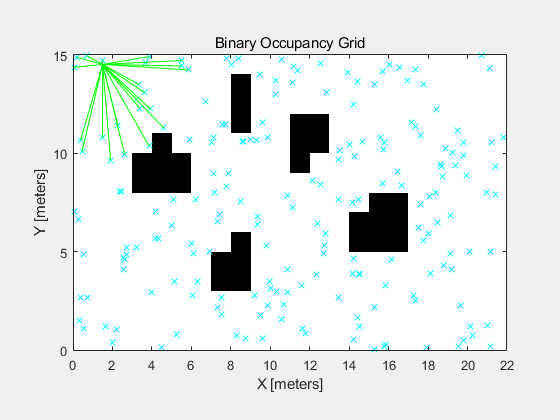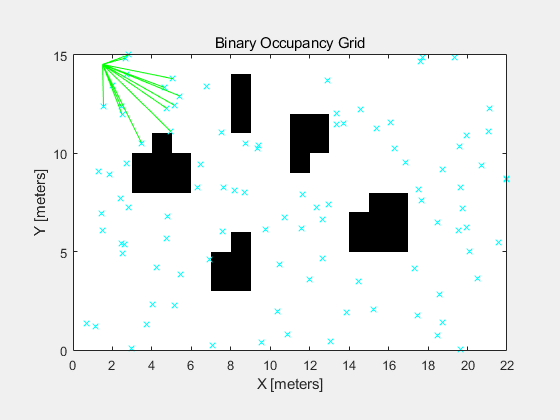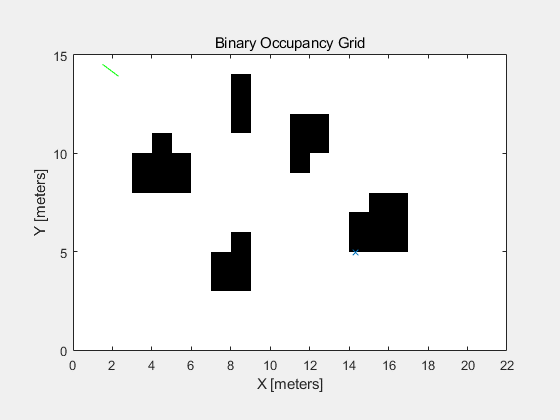Decision Making for Autonomous Aerospace Systems
2021 Spring SNU AE “Decision making for Autonomous Aerospace Systems”
Course Description
- Path planning
- Potential field
- Graph search
- Sampling-based algorithms
- Control
- Controllability of non-holonomic systems
- Sliding mode control
- Adaptive control
- Back stepping control
- Model predictive control
- Multi-agent systems
- Graph network
- Basic game theory
Term project subject : The review of FMT* and its comparison with other sampling-based algorithms.
Fast Marching Tree* (FMT*) is a sampling-based method for optimal motion planning proposed by L. Janson. In the “Decision making for Autonomous Aerospace Systems” class, I presented a comparison of FMT* and its variation DFMT* with previous sampling-based path planning algorithms, Rapidly exploring Random Tree* (RRT*) and Probabilistic Roadmap * (PRM*) link.
The characteristic of FMT* is that it chooses sample points like PRM and grows trees like RRT*. It expands outward, which means it never backtrack over previous node.
Due to this characteristic, FMT* outperforms previous sampling-based algorithms in terms of computational time. However, this characteristic could lead to suboptimal connections.
We can directly find their difference with visualized simulation. Simulation is based on MATLAB environment.



[1] Janson, Lucas, et al. “Fast marching tree: A fast marching sampling-based method for optimal motion planning in many dimensions.” The International journal of robotics research 34.7 (2015): 883-921.
[2] Schmerling, Edward, Lucas Janson, and Marco Pavone. “Optimal sampling-based motion planning under differential constraints: the driftless case.” 2015 IEEE International Conference on Robotics and Automation (ICRA). IEEE, 2015.
[3] Karaman, Sertac, and Emilio Frazzoli. “Sampling-based algorithms for optimal motion planning.” The international journal of robotics research 30.7 (2011): 846-894.
